These wonderful diagnostic devices have been around since the early ’80s. The best pro-level versions are incredibly powerful now, but there are much less expensive specimens that are very practical, too.
by Henry P. Olsen
The PCM (Powertrain Control Module) monitors and controls just about every aspect of a modern vehicle’s operation including such things as throttle activation, air/fuel mixture, ignition spark advance, variable valve timing, drivetrain response, etc. The PCM is performing operations that would have been all but impossible not that many years ago, but you still need to remember it is just a computer. The input data from the various sensors must be correct if the PCM is going to provide helpful output commands.
An old saying from the computer world that very much applies to an automotive PCM is “garbage in, garbage out.” If the input data from the various sensors the PCM monitors contains errors (“garbage in”), the PCM will process the faulty data, then send commands that are not appropriate (“garbage out”). When the PCM detects a malfunction with any monitored system, it will set a DTC (Diagnostic Trouble Code) and turn on the MIL (Malfunction Indicator Lamp), but you can also have malfunctions that will not set a code. Therefore, you should not assume that because the MIL is not lit that everything is okay. Whenever you’re diagnosing a vehicle, you should always check for any DTCs and review all of the data stream readings to be sure that everything is within the correct operating range. Sometimes the computer is referencing data that contains enough out-of-range readings to create a driveability problem, yet it may not trigger a DTC, or turn on the MIL.
Diagnostic Scan Tools
The scan tool is always the first thing to use in a MIL-on, or a driveability-complaint situation. There is a large selection of scan tools for everyone from the do-it-yourselfer to the professional technician at prices that range from very inexpensive to multi-thousands of dollars. Many modern scan tools have a vast library of repair solutions that can provide the user with the information he or she needs for a solid diagnosis.
Do-it-yourselfers want a scan tool that is affordable and makes it easy to diagnose what caused the MIL to come on. It would also be a big plus if the tool also helped determine what repairs are needed to solve the problem. Professional technicians, on the other hand, need a scan tool with advanced capabilities that is both affordable when they buy it and when they update it for future models. Pros also need a tool that will allow them to perform services such as reprogramming a PCM, or the ability to reset TPMS (Tire Pressure Monitoring Systems).
Amateur, but maybe pro, too
The typical low-cost code scan tool can show the user which DTC the PCM has recorded that caused the MIL to turn on, but it cannot give the actual repair needed to solve the problem. A typical DTC example would be a MIL on for a problem in the oxygen or air/fuel ratio sensor system. The question that must be answered is whether the problem is in the sensor or its heater circuit, or something else altogether that put the sensor’s signal out of range, such as engine misfire that was caused by a vacuum leak, clogged or sticky fuel injectors, low fuel pressure, etc. There are scan tools on the market that can in many cases tell the user what repair is needed by means of a built-in library of repair solutions, and top-of-the-line scan tools have data stream specifications, wiring diagrams, TSBs, and factory recalls programmed into them.
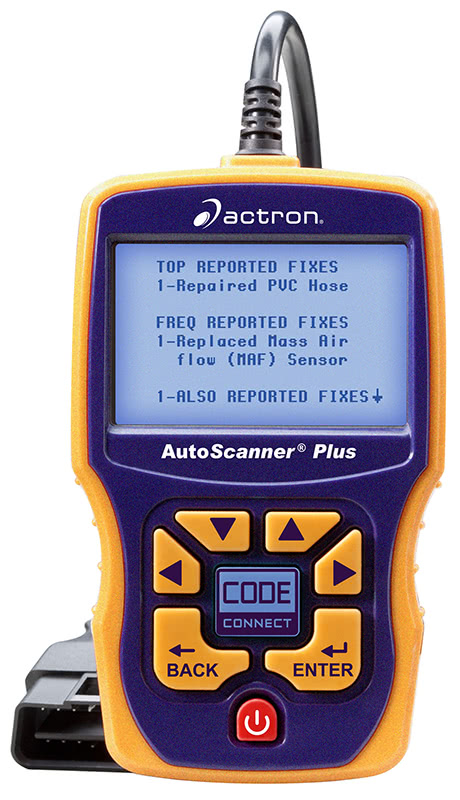
A low-cost scan tool like this Actron Auto Scanner Plus with CodeConnect supplies the user with an impressive amount of diagnostic ability.
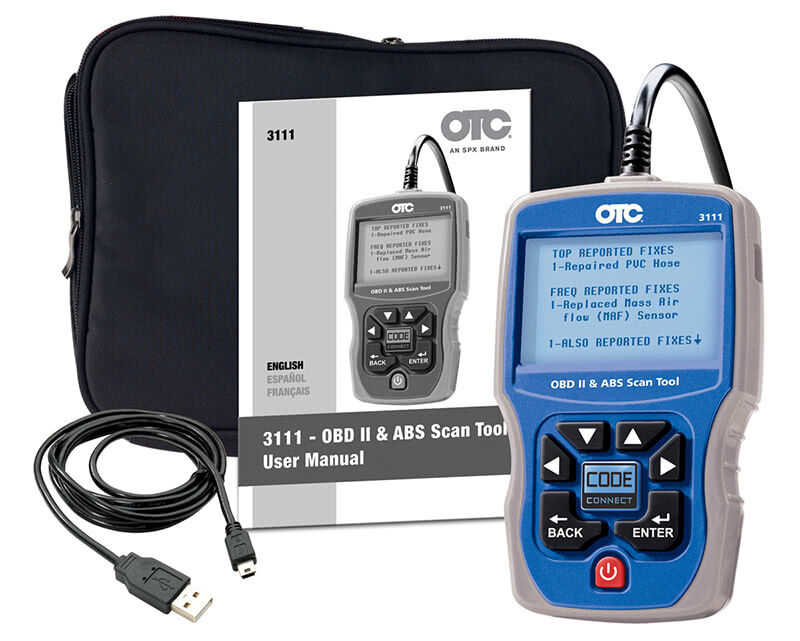
The CodeConnect feature of the OTC #3111 OBD II and ABS scan tool can give techs the answers they need to repair almost any OBD II problem.
We should mention that inexpensive scan tools (typically less than $300) may be marketed to do-it-yourselfers, but they can be useful and convenient for professional techs, too. Perhaps the shop owns a full-fledged pro-grade aftermarket tool, or perhaps even several factory units dedicated to particular makes. That’s as it should be, but suppose you need to do a diagnosis right now, and another tech is already using the big guns. Or, maybe you suspect that the problem is pretty simple (most are related to the basics, after all), so you just need ordinary OBD II capabilities. You can afford to have a lesser unit right in your own tool box with which you can get a quick answer and knock the top off a high percentage of the troubles you’re likely to encounter.
For example, the Actron Auto Scanner Plus and the OTC 3111 OBD II & ABS Scan Tool with CodeConnect can allow anyone access to the diagnostic and repair information needed to quickly know what repairs will typically solve the problem. This tool can read the codes, provide the user with the code definition, and display all the live engine data, plus it will arm the user with a comprehensive database of over three million verified fixes for issues that could cause the PCM to set a DTC. In many cases, the information and repair solutions provided by CodeConnect can allow the user to make the correct repairs without wasting time and money going down the wrong diagnostic path, and perhaps even installing “known-good” parts.
Scan tools with these kinds of capabilities can also be ideal for service writers because they provide the data that results in an accurate estimate without the need to borrow (and learn to use!) the shop’s state-of-the-art scan tool. They can also clear codes, and in some models record, graph, and play back data, display ABS codes and definitions.
Even though I have access to an array of high-tech and expensive testing equipment, was pleasantly surprised when I tried out the Code Connect feature: A couple of examples of problems that we fixed quickly with the information it provided:
- A 2002 Chevrolet Impala 3.4L with Code PO 171 (Fuel Trim Too Lean on Bank #1). The top reported fix was the repair of a bad/leaking PCV hose (another frequently reported fix that was to replace the MAF).
- A 1997 Chevrolet Corvette with Code P1416 (Air injection System, Bank #2). The top reported fix was to replace the air injection reaction check valve (others were to replace air injection reaction air pump, or pump solenoid).
The data and information that is at your fingertips from scan tools with this kind of information system reduces guesswork and the potential for misdiagnosis.
Big dogs

The OTC Nemisys is an entry-level professional scan tool has an even more advanced version of CodeConnect called CodeAssist, plus it allows the user to record data and access to the data available through Mode 6.
The professional-level scan tools that I am most familiar with are the OTC/SPX Nemisys, Genisys, and the Pegisys/PC Scan. These have an even more comprehensive database of repairs programmed into them than the information that is available with CodeConnect, and it gets more extensive with each price level. The Nemisys has CodeAssist plus DataStream specifications, the Genisys adds wiring diagrams, Fast Fixes, and a more comprehensive version of CodeAssist. It also offers the options of a four-channel lab scope and a five-gas exhaust analyzer. The Pegisys and the PC Scan have all of the above, plus Repair Trac from Identifix, the option of an internet direct connection to Direct-Hit Technician, a very powerful combination that has TSBs, recalls, Hotline Archives, and wiring diagrams.

The Genisys scan tool is perfect for diagnosing the engine, drivetrain, ABS, or TPMS problems that come into your shop.
The federal government has mandated that the automakers must provide the same technical support to aftermarket repair shops, including access to the information and equipment necessary to reprogram any emissions-related PCM, that they provide to their dealerships. This mandate covers all 2004 and newer vehicles, but many automakers have decided to include vehicles back through 1996.
The SAE J2534 PCM reprograming process is a very important part of modern vehicle repair. It allows any repair shop to perform a J2534 PCM reflash. J2534 is used to update the calibration of the PCM whenever the automaker releases new programming. Your ability to perform such a reflash allows you to avoid the indignity and inconvenience of outsourcing this work (which is known as “sending it down the road”). The above-mentioned OTC PC Scan and the Pegisys (with the use of a laptop computer) are SAE J2534 compliant tools, so they give you this capability.
Holy Grail?
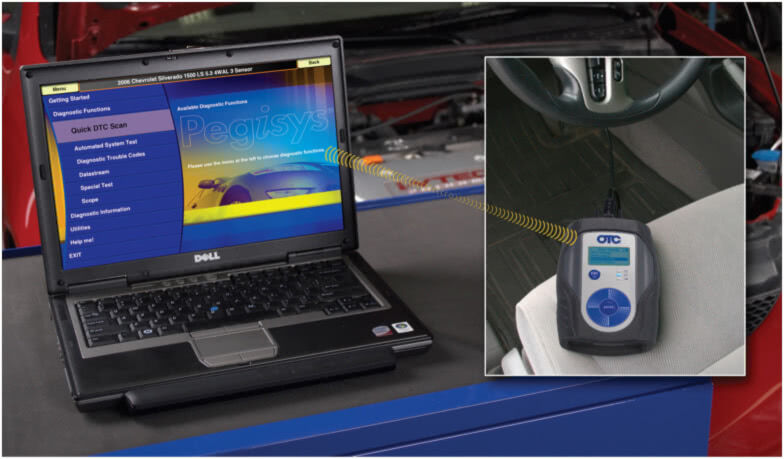
The PC Scan system is the future of scan tool technology It combines an advanced scan tool with a modern PC so you can diagnose and repair any PCM-related problem that comes into your shop. It can even allow you to reprogram a OBD II PCM.
Ownership of a factory/O.E. scan tool gives you the ultimate in capabilities. They outperform even enhanced OBD II aftermarket tools, and can take you deep into complicated CAN situations with late-model systems, such as those for security, HVAC, entertainment, etc. The trouble is, unless you specialize in only a make or two, purchasing numerous O.E. tools and keeping them up to date would cost a fortune. That’s why most independent shops go aftermarket, which will do the job in 90+% of the cases. For the real career-wrecking mysteries, they typically call in a dedicated, full-fledged diagnostician, such as MTO’s esteemed contributors John Anello (“The Auto Tech on Wheels”) and Kerry Jonsson, who’ll likely use a factory tool or lab scope to find the trouble quickly, and charge you a flat fee (which you can add to the customer’s bill). You could enlist such help over 30 times for the price of one factory scan tool.
Another good option is to start using Identifix/Direct Hit, which our editor believes is a necessity for any shop.
So, even though aftermarket scan tools won’t be able to do absolutely everything, they can there are ways to handle crazy diagnostic dillemas without going broke.
Mode 6
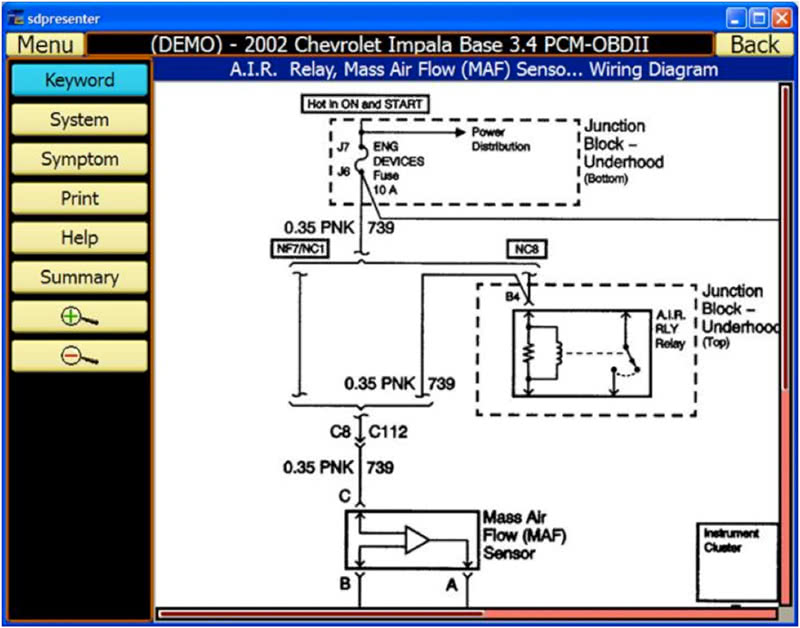
This is a sample of the wiring diagrams that are available with the Direct Hit feature of the Pegisys and PC Scan tools.
All pro-grade and even some inexpensive scan tools allow access to the very-useful OBD II Mode 6. The data available in this mode is what the PCM looks at to determine if there is a problem that will lead it to set a DTC and turn on the MIL. You could call it the “impending problem revealer.” Mode 6 data can be used for diagnosing faults when the vehicle has failed a smog test or has a driveability problem, but has not yet set a DTC. A good example of this data is the counting of engine misfires. Whether or not the MIL is on, when you’ve got a car with a rough idle, or that’s failed an emissions test, you can look at each cylinder in turn. Usually, most will show near zero misfires, but one (or possibly two adjoining in the case of a blown head gasket) will show hundreds or thousands of misfire events. So, you can go right to that cylinder, replace the plug (or, wire in older models) and see if the problem goes away. No? Then you know which cylinder to do a compression test on. Mode 6 can also be used to verify repairs by making sure all the monitored systems pass the OBD II diagnostic self-checks.
MAF trouble?
The proper diagnosis of a mass air flow sensor can be challenging. One of the tricks that technicians with advanced skills are doing is to find out if the MAF is providing the PCM with accurate data by comparing the actual sensor readings to what they should be if the unit was operating within the designed parameters. The technician simply takes the vehicle on a test drive while recording the RPM and sensor readings on their scan tool while doing a few WOT acceleration runs. Once they’re back at the shop they can plug the MAF and RPM readings into a MAF calculator spreadsheet to determine if they’re correct. As long as they are within 20% of the expected flow rate, the MAF is probably not the problem.
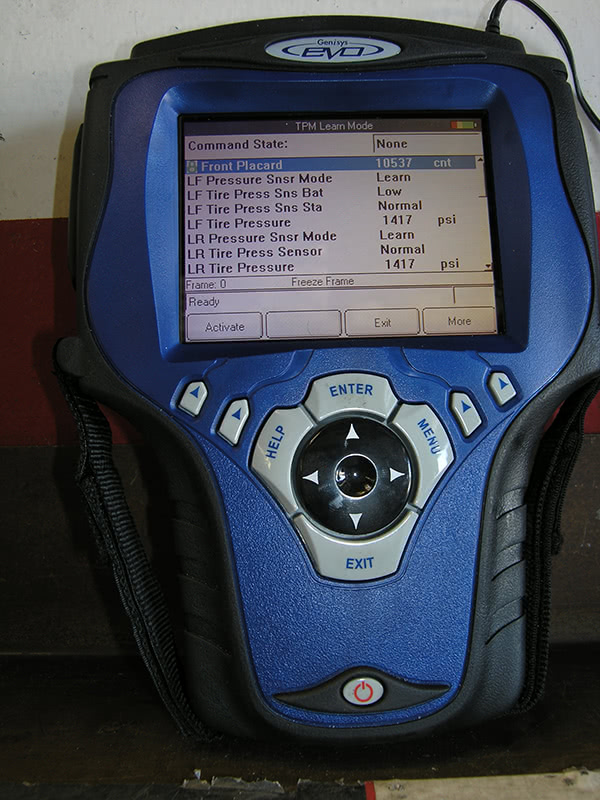
The TPMS tool function that is available for the Genisys can allow you to diagnose a vehicle with tire pressure monitoring system malfunctions.
A MAF sensor that is giving readings that are out of the proper range can cause driveability problems such as low power, pinging/spark knock, and poor/no idle (typically caused by a perforated duct between the sensor and the throttle body), or codes such as P0171 and P0174 (Fuel System Too Lean, Bank #1 or #2). Any faulty data from a bad MAF will cause the PCM to send incorrect commands to the engine components it is controlling, which can result in incorrect air/fuel mixture, ignition timing advance, cam timing, or EGR flow.
Keeping an eye on tire pressure
Some scan tools offer optional tire pressure monitoring system (TPMS) diagnostic capabilities, and allow you to decode the data from a dead or broken pressure sensor/transmitter and transfer it to a new one. They also make it easy to perform a sensor relearn after the tires are rotated.
So, even if you just perform maintenance or tire services, you can’t do without an up-to-date scan tool anymore. The good news is that you no longer have to spend a lot of money for a tool that’ll do just about anything you’re likely to need.





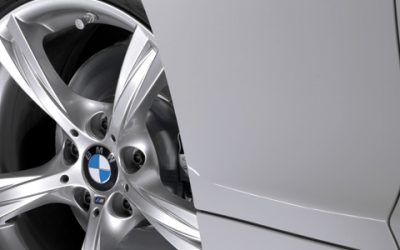
This article is very clear. It tells the best selection on diagnostic tool in accordance with my shop necesity.
regards
fernando ramos, lima, peru
Our editorial staff is gratified that you found the scan tool article helpful.
Thank you for your interest in MTO. We appreciate our readers!
This article is very clear. It tells the best selection on diagnostic tool in accordance with my shop necesity.
regards
fernando ramos, lima, peru
Our editorial staff is gratified that you found the scan tool article helpful.
Thank you for your interest in MTO. We appreciate our readers!